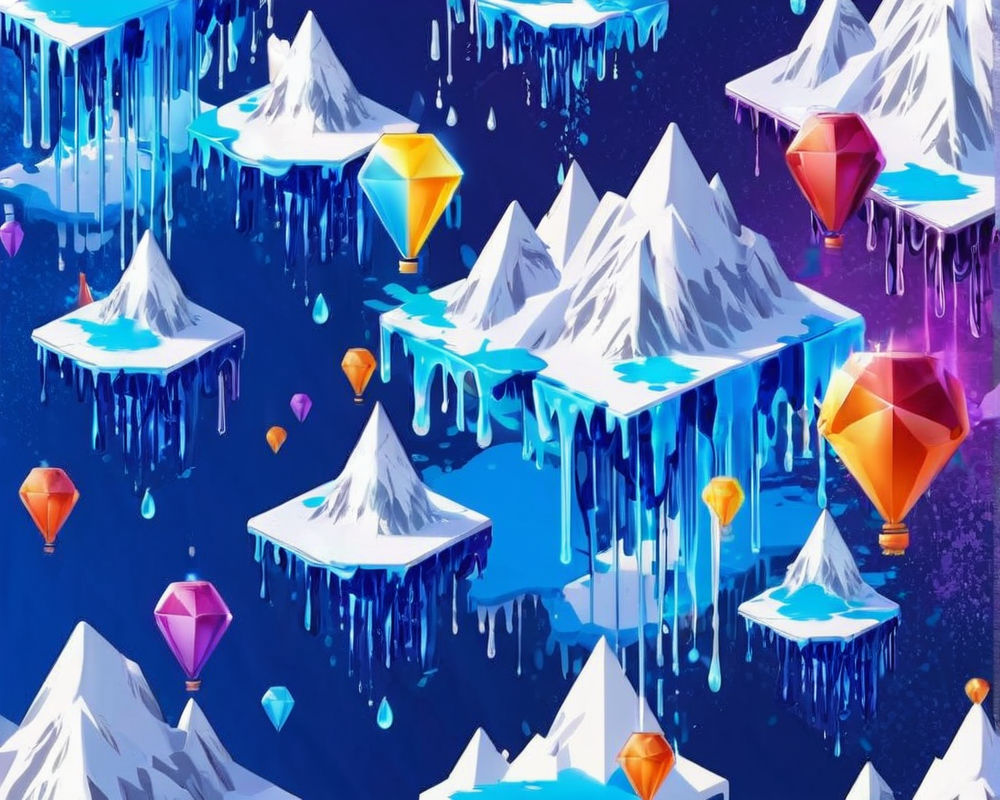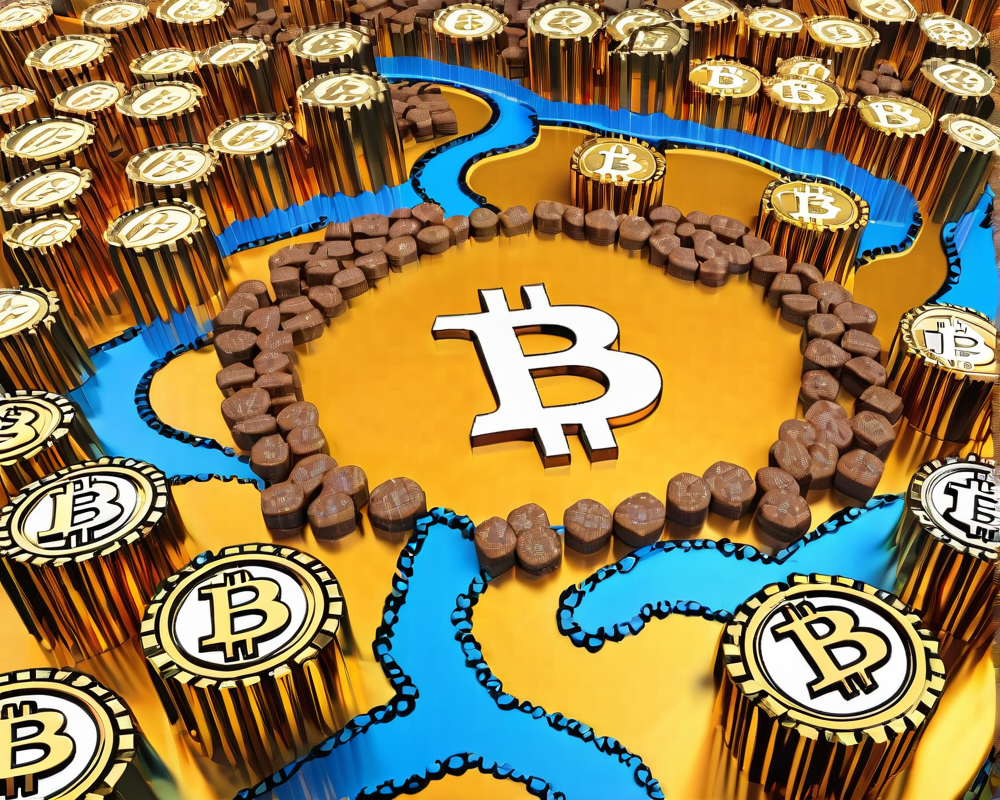A Glimpse into Blockchain’s Artistic Journey
Since its inception, blockchain has galloped into the art world like a caffeine-fueled horse, transforming how we create, buy, and appreciate art. Suddenly, art isn’t just for the elite — it’s accessible to all, from collectors with deep pockets to college students with their student loans. The incorporation of blockchain technology has opened up a treasure trove of new possibilities for art galleries, museums, and artists alike.
From Cat Collectibles to Artistic Interactions
Projects like CryptoKitties and CryptoPunks were some of the trailblazers, letting collectors indulge in blockchain-based visual art. These quirky little characters are a mere prelude to the masterpieces being born from the fusion of blockchain tech and artistry. Artists are now not just creators, but are turning into digital pioneers by leveraging this transparent tech to register and explore their creativity.
The Scarab Experiment: Crafting Collective Art
Take the Scarab project, for instance. This 2014 effort unites artists with a shared digital canvas, producing a single work of art from thousands of individual submissions using AI. Participating artists register their pieces and earn Scarab tokens, which empower them to vote on which artworks deserve a spot in the final piece. It’s like the Hunger Games for artists, but less dystopian and far more artistic.
A New Era for Art Ownership
In recent years, the blockchain realm has seen a surge of platforms offering registration services for art. When artwork is recorded on these platforms, it enters a digital ledger that documents its details and history — forever. This tech-driven transparency means art can no longer just ‘disappear’ from history; it’s like a digital scrapbook that even your grandma can’t misplace.
Revolutionizing Auctions and Art Sales
Traditionally, auctions have been a dicey affair — high fees, uncertainty, and a less-than-stellar experience for buyers. Enter blockchain technology! For instance, Christie’s 2018 collaboration with Artory to launch a blockchain-based registration system for art sales was a game-changer. Not only did they sell art worth $300 million with digital certificates, but they also managed to dodge those exorbitant fees auction houses typically charge. Who knew that blockchain could be so cost-effective and sophisticated at the same time?
Art and Charity Intertwined
The marriage of art and charity has also taken a modern twist with blockchain. The Foundation for Art and Blockchain champions artists and creates initiatives like the Dogethereum Bridge, which aims to unify communities through art. And let’s not forget the groundbreaking digital haute couture dress, “Iridescence,” sold for charity on the blockchain. Who says you can’t have your cake and eat it too – especially when that cake helps others?
Political Statements and the Fight Against Censorship
In a divisive world, art has become a voice of the people. When French artist Pascal Boyart’s mural, symbolizing protests, got covered in gray paint, a virtual version was resurrected in the digital realm of Cryptovoxels. Renowned for its commitment to immutable art, this platform allows each pixel to live defiantly beyond the reach of censorship. Blockchain is helping rebellious art find freedom by creating a space where the spirit of expression thrives, undeterred by bureaucratic meddling.
Conclusion: The Bright Future of Blockchain Art
From digital masterpieces to compliance with ownership, blockchain is ushering in an era replete with opportunities, challenges, and innovative solutions. Its prowess not only lies in authenticating pieces of art but also in creating an accessible marketplace for investors and artists alike. As we stand on the brink of more large-scale blockchain projects with leading museums and galleries, the art world is poised for an exhilarating transformation. Consider this your invitation to step into the future — the canvas awaits!




